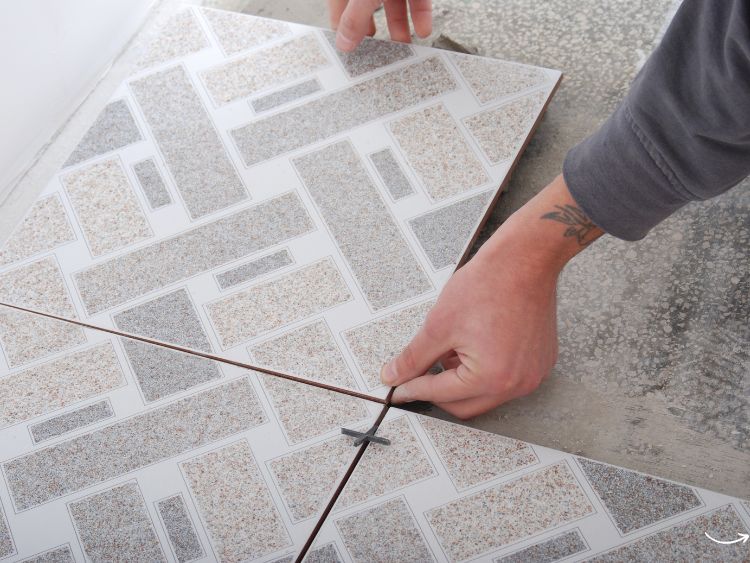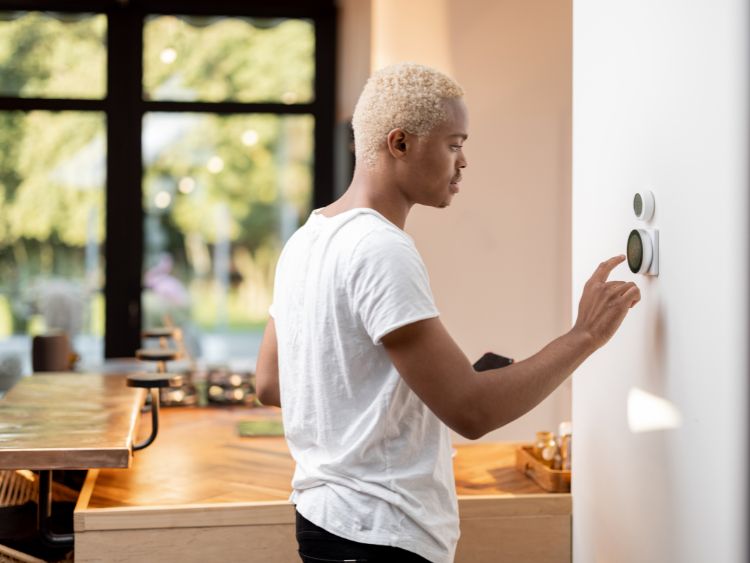It can be overwhelming to take care of your houseplants when you are a first-time parent. Most plants don’t require constant attention to keep them healthy. There are many houseplants that require little maintenance, other than watering. We are able offer a wide range of Plant Care Guides through our partnerships with greenhouses in California, Florida and other states.
Watering your houseplants
Each houseplant has a different watering requirement depending on their growth and the season. You should water your houseplants as they need it, not according to a schedule. Plants that have been grown in well-drained soil should be watered only when the soil is dry to the top. Cacti and succulents require less water, while flowering plants need slightly more.
Fertilize your houseplants regularly
There is no easy way to determine how much fertilizer to apply. It all depends on the plants’ growth rate, age, and time of the year. Spring and summer are the best times to fertilize houseplants. Most houseplants won’t require much fertilizer during the shorter days of winter and fall. To determine how much food you should use, refer to the label.
If you have to, plant houseplants
Many houseplant types can be propagated using divisions or other methods every once in awhile. It can be used to revive an old plant or encourage new growth. It’s also an economical way to grow more plants from the ones you already own.
Bromeliads and other houseplants like bromeliads can send up new shoots at their base or offsets. These are easy to divide and place in new pots. Houseplants that climb, such as pothos and philodendron, form new roots when their stems contact soil. This makes them a good candidate for cuttings. You can also root African violets using a single leaf. Just soak the stem in water for a few weeks.
Repot overgrown houseplants
Are you unsure if your houseplants require repotting? You should inspect the root systems. It is possible to repot the pot if the roots are growing into the container. You can transfer the plant to a larger container if it has outgrown its current pot. You can keep the plant in the same pot by removing some roots using a sharp knife. Then, replant the plant into the container with fresh potting soil.
It’s a great time to repot houseplants and also to split those with multiple stems in order to make new plants. Repotting houseplants is best done in spring and summer.
Get rid of dust from plants
Regular cleaning is a must for all houseplants. If your plants have hairy leaves, you can wash them with room-temperature water. Dust builds up on the leaves. You can also gently wipe off dust from smooth leaves with a cloth. This will not only improve the appearance of your plant, but also help it absorb more light.
Controlling Insect Pests
Many insects are known to attack houseplants. The most common soft-bodied pests, such as spider mites and aphids, can be treated with insecticidal soap. It is easy to use and effective. The hose can also be used to forcefully spray the pest population. Rub alcohol with a cottonball on waxy insects such as mealybugs and scale.
Be on the lookout for houseplant diseases
To stop the spread of disease, remove diseased plants and affected stems. Some diseases are spread by insects. It is important to keep the population of insects under control. Powdery mildew, which looks like white powder on the leaves, fungal leaf spots, and root rot, which is a mushy, dark-colored disease that can be caused by overwatering, are some of the most common houseplant diseases.


